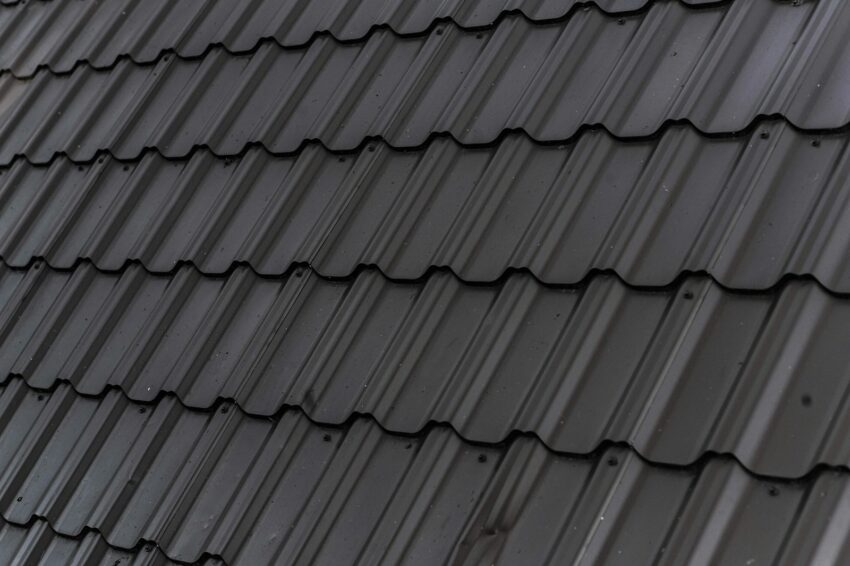Roofing quotes can feel cryptic with materials, labor, disposal costs, and contractor margins all combined into one confusing number. Breaking down how to decode them like a professional means homeowners make informed decisions about roof replacements. Understanding what components actually cost and which ones are negotiable represents the difference between overpaying and getting fair value.

Most homeowners accept quotes without understanding what they’re actually paying for. That lack of understanding creates vulnerability to overpricing or hidden costs that appear only after work begins. Learning to read quotes like contractors do means understanding exactly what you’re buying and whether that price represents fair value.
Professional roofers understand all the cost components and how they combine to create final pricing. They know which costs are fixed and which ones are negotiable. They understand how to compare roofing quotes fairly by identifying which services are included in one quote but not in another. That knowledge protects them from underpricing and allows them to compare competitor quotes accurately. That same knowledge protects homeowners from overpaying when armed with understanding of what drives roof cost.
Decoding roofing quotes requires understanding both obvious costs like materials and labor, plus hidden variables that differentiate reasonable pricing from overpricing. That knowledge transforms quotes from mysterious numbers into understandable breakdowns where you control purchasing decisions.
The Anatomy of a Roofing Estimate
Materials represent the foundation of roof cost calculations. Different roofing materials cost differently, ranging from asphalt shingles to metal or tile. Quality variations within material types also affect cost. Warranties vary based on material and manufacturer. Quotes should itemize materials specifically, listing type, quality level, and warranty clearly. Vague material descriptions suggest the contractor isn’t being transparent about what they’re actually using. Specific material lists allow comparison between quotes.
Labor costs depend on project complexity and crew efficiency. Straightforward replacements on simple roof designs cost less than complex tear-offs requiring structural repair. Quotes should break down labor into clear categories. Disposal costs for old roofing material should be itemized separately rather than buried in general labor. Permits represent additional costs that should appear as line items. Warranties on workmanship should be documented clearly. Those components combined create total labor costs that vary significantly between contractors.
Hidden costs represent items not always included in initial quotes. Structural repairs discovered during tear-off might add costs. Additional ventilation or underlayment might be necessary based on inspection findings. Flashing repairs or chimney work might be identified as necessary once old roof is removed. Understanding which items might trigger additional costs allows realistic budget planning. Reputable contractors identify likely additional costs upfront rather than surprising homeowners with them later.

The Hidden Variables That Add Up
Roof pitch affects labor requirements significantly. Steeper roofs require more safety equipment and experienced workers, increasing labor costs. Steeper roofs also increase material waste because of cutting requirements. Pitch appears in quotes as slope ratio like 8/12 or 12/12. Higher numbers indicate steeper roofs and higher costs. Understanding pitch helps explain why similar roof sizes sometimes have different costs based on steepness.
Access challenges influence labor costs substantially. Roofs in tight urban areas or on multistory buildings cost more because workers face restrictions. Roofs near power lines require special precautions and certifications. Roofs in poor condition requiring extensive preparation before new materials install create additional labor. Those access and preparation challenges justify higher quotes when they apply. Understanding which challenges affect your specific roof explains cost variations between quotes.
Tear-off complexity varies based on existing roof condition and number of layers. Single-layer tear-offs cost less than removing multiple old roofing layers. Roofs with extensive damage or deterioration require more careful removal to avoid structural damage. Weak decking discovered during tear-off requires repair or replacement, adding costs. Those variables explain why estimates come with “subject to inspection” clauses. Final costs depend on conditions revealed during work.
Negotiation Tips from Roofing Pros
Transparency about constraints builds trust in negotiations. Contractors respect homeowners who understand their business and ask informed questions. Discussing your budget honestly allows contractors to suggest options within your constraints. That honesty sometimes leads to creative solutions that traditional quotes don’t capture. Transparent communication creates problem-solving partnership rather than adversarial haggling.
Timing influences pricing because roofers prefer steady work. Scheduling during slower seasons sometimes enables discounts. Allowing contractors flexibility in scheduling sometimes enables pricing reductions. Volume discount possibilities emerge when combining roofing with other work. Understanding contractor scheduling pressures sometimes creates opportunities for negotiation that direct price haggling doesn’t.
Deposit and payment terms represent negotiable items beyond just price. Some contractors accept smaller deposits while others require substantial upfront payment. Payment schedules after completion sometimes enable better pricing than requiring full payment before work begins. Understanding what contractors need financially sometimes creates win-win negotiations where both parties benefit.
Conclusion
Understanding roof cost means fewer surprises and smarter investments. Decoded quotes reveal what you’re actually purchasing and whether pricing represents fair value. That knowledge protects you from overpricing while enabling appreciation for contractors offering genuinely superior service and materials. Armed with that understanding, you make decisions based on information rather than mystery.
Roofing represents significant home investment deserving careful analysis before purchase. Taking time to understand cost components and compare quotes properly results in better decisions. That investment of analysis time pays returns through appropriate pricing and quality service.
Approach roofing quotes with professional understanding of what components drive costs. Ask detailed questions about materials, labor, and services included. Compare quotes comprehensively for true apples-to-apples comparison. That informed approach transforms roofing purchase from confusing expense into understood investment with confidence that pricing represents fair value.
